Afrofuturism (Oops!) Drops the Science
Chris Atkins visited the Soap Factory in time to catch the AfroFuturism show; here's his take on that quirky event.
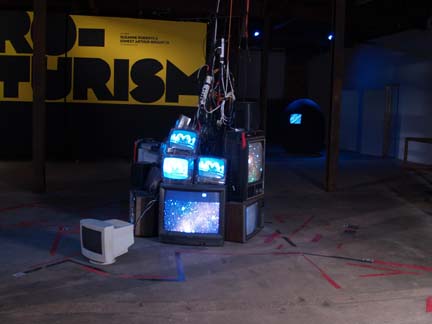
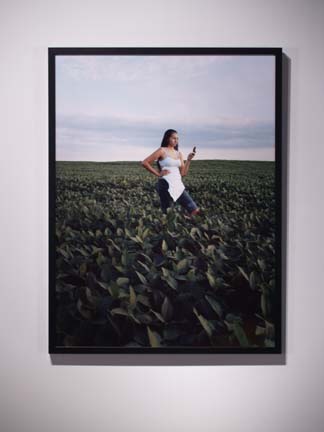
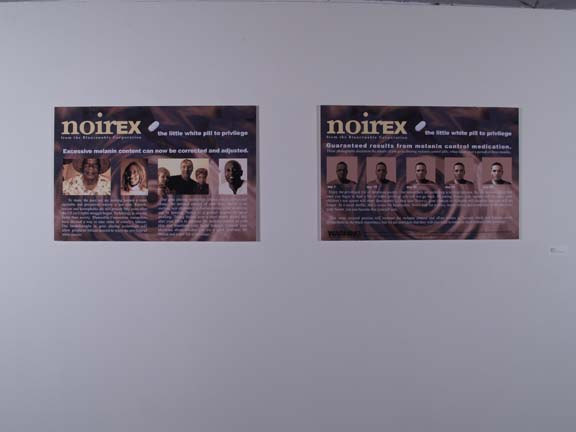
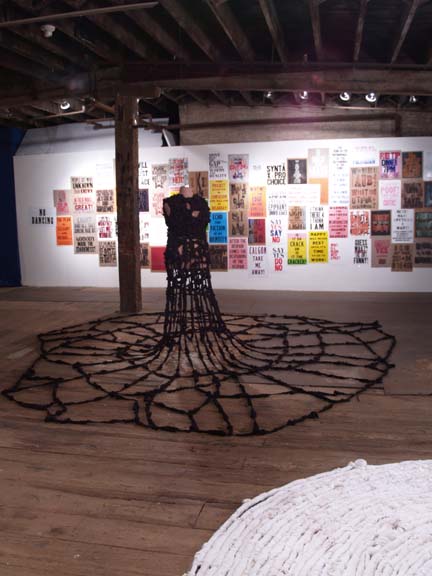
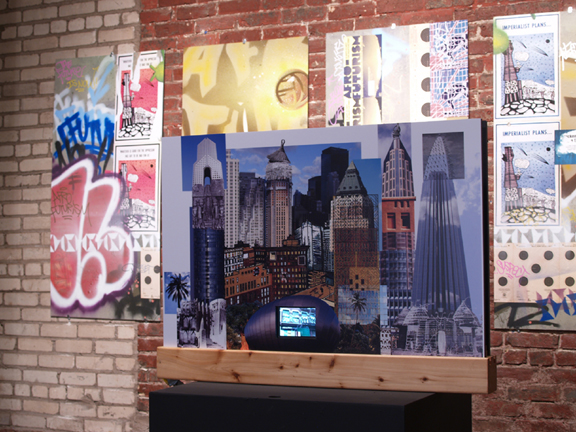
On first glance, Afrofuturism, as it landed here in Minneapolis, turned the Soap Factory galleries into a space of exploration and experimentation. But while all the pieces in the show are collected under and articulate the Afrofuturistic cultural concept of technological evolution and cultural liberation, they seem to struggle with elaborating its boundaries. Nonetheless, there’s still plenty more going on here.
For much of the work in the show, technology is both subject and object. That’s nothing new. While we have video projectors and video screens, soundtracks and electric trains, the machine is also explored throughout as both myth-maker and story-teller. Charles Nelson and Kevin Sipp’s Mutropolis is a particularly affecting blurring of narrative layering and cinematic editing. But in this proliferation of technology in the Afrofuturistic concept, a question arises: is technology being deployed as a mere metaphor for cultural progression? Attached to this question of technology as metaphor is the less seductive, yet nonetheless present, oppositional underside of progress that restricts freedom. In other words, what are the blockages and surveillance devices that are fortified by technological progress? Olalekau Jeyifous’s multi-media installation “Farther Faster” is a technological creole of screens and speakers that doesn’t struggle against technologies of surveillance as much as it evidences a rapturous encounter. While many of these pieces explore multiple notions of technology, all of it is a bit too optimistic and, in ignoring the pitfalls of the machinic, the work falls a bit flat.
On the other hand, what I find particularly attractive about the Afrofuturistic reading of machinery is its gadgety and improvised aesthetic. ‘Contraption’ might be a good word to use here. Don’t get me wrong, I understand the negative, overly complicated connotations of the word. Nonetheless, there is an improvisational ingenuity and resourcefulness at play as well. In pieces like the Sonic-wave-Display Pod, Afrofuturism posits a counter-trajectory to the hi-tech procedure of progress. And in turning away from attempts at technological mastery, there is a spontaneity in the way wires coil, televisions flicker, and strings are assembled but still don’t work. I find a liberating artlessness in the Afrofuturistic Pulper-visor-Bop Guns and Locomoto-orbital-bot machines that don’t hide their assembled parts and that we can’t reverse engineer; they trouble the increasingly accurate outcomes we’ve come to expect from scientific innovations.
Reading the Afrofuturism: A Timeline brochure, you’ll find that the concept Afrofuturism has been around for some time, 5,000 years, in fact. Unfortunately, the exhibit unabashedly seeks to “place this exhibit in a clear historical, social, and cultural context and to give a precise history of those processes that have preceded and contributed to the development of Afrofuturism as a body of knowledge.” Is it really necessary to frame the show in a timeline of formative moments, master practitioners, and their masterpieces? While there is a fantastic DIY aesthetic to the techno-reconfigurations here, this is all undercut by the Genealogical-Tractor-Beam, known in this galaxy as Art History. Just when the Mother Ship was blasting off to break through some of the tightest chains placed on innovative collaborative art projects, it is wrenched back into the linear progression of historical narratives.
How is it that Afrofuturism, a supposedly emerging and future-oriented concept, finds itself weighted down with the anxiety to chart its own constellation amidst the firmament (graveyard) of other artistic movements? By drawing this timeline in order “to give a precise history of those processes that have preceded and contributed to the development of Afrofuturism,” it suffers by situating itself too rigidly. While the timeline can be congratulated for creating a foundational narrative, it does so at the cost of alternate histories. And that’s too bad.